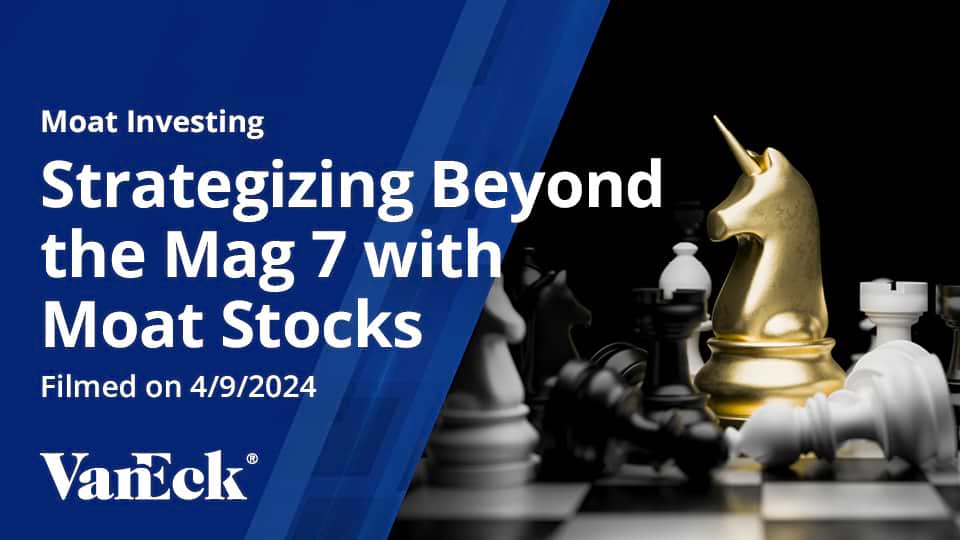Uncover Big Opportunities in Smaller Companies
10 January 2023
Read Time 4 MIN
A company’s size can play an important role in the type of risk and return profile that a stock may be expected to generate over time. Small– and mid–cap (SMID) stocks have exhibited compelling characteristics relative to their larger peers historically that should always keep them in consideration, but right now may be a particularly compelling time to focus on this asset class. SMID cap valuations are at decade lows compared to large caps, and we believe investors should consider this an opportunity to position for long–term growth.
Small– and Mid–Cap Stock Valuations at Decade Lows
Despite a long history of outperformance versus large–caps, valuations for SMID–cap companies have taken a noticeable haircut relative to large–caps over the past few years. SMID cap valuations began to diverge back in 2018 and then saw further discounts at the beginning of 2021. Driving forces behind the widening discount during this period include the aging of the previous record–setting bull market, growing concentration within the equity market in mega–cap companies, and different sector compositions of the U.S. large and small–mid cap indices.
Most recently, hawkish monetary policy, fears of recession and a technical bear market for U.S. equities have excessively impacted the share prices of smaller companies. However, investors should consider the change in monetary environment and turmoil in markets as an opportunity to position for long–term growth. Valuations for small– and mid–cap companies, in terms of forward price–to–earnings, are now at 20–year lows relative to large caps. Pair this extreme valuation discount with eventual brighter days in terms of macro backdrop, and we believe SMID cap stocks may prove to be rewarding for patient investors.
SMID Cap Forward P/E Relative to Large Cap Forward P/E
January 2004 – December 2022
Source: Bloomberg. SMID Cap Stocks represented by the Russell 2500 Index. Large Cap Stocks represented by the S&P 500 Index. Past performance is no guarantee of future results. See disclaimers and descriptions at the end of this presentation. See disclaimers and descriptions at bottom of page.
Potential for SMID Caps to Outperform Large Caps
A seminal paper by Nobel economics laureate Eugene Fama and co–author Ken French studied equity returns from 1926 through 1992 and found that, over the long–term, small– and mid–cap equities consistently outperformed large–cap equities during the period.1 The below chart, which measures the percent of time SMID cap stocks outperformed large–caps over the last 20 years, shows that this tendency to outperform still persists today. Looking at 10 year monthly rolling periods, SMID–cap equities have outperformed large–caps over 70% of the time since January 2000. While past performance is not a predictor of future outcomes, this data provides a favorable historical foundation for assessing the track record of small– and mid–cap stocks.
Percent of Time SMID Caps Outperform Large Caps
January 2000 – December 2022
Source: Morningstar. Defined time periods roll monthly. Small–Mid Cap Stocks represented by the Morningstar US Small–Mid Cap Index. Large Cap Stocks represented by the Morningstar US Large Cap Index. Past performance is no guarantee of future results. See disclaimers and descriptions at bottom of page.
While the performance of SMID cap stocks can be impressive, it is important to note that accompanying this performance can be additional risk. Smaller companies are inherently subject to greater risk than large companies, as they tend to have less diversified business models, limited access to capital and higher leverage, among other factors. These characteristics can lead to underperformance in periods of economic uncertainty.
Large Universe to Uncover SMID–Cap Opportunity
From a total market value perspective, large–cap stocks account for the majority of the $51 trillion2 U.S. equity market. However, when viewed in terms of number of stocks, the amount of small– and mid–cap companies dwarf that of large–caps. Looking at the Morningstar US Market Index, which represents 97% market cap coverage of the U.S. equity market, SMID cap stocks account for 85% of the stocks in the public U.S. equity market. There are about five times as many small–and mid–cap stocks as there are large–cap stocks. For investors, this means a significantly larger opportunity set in terms of number of potential winning stocks to identify.
Additionally, in the large–cap space, information dissemination and absorption has become highly efficient, but this is not the case as one moves down the capitalization scale. This is due, in part, to lower levels of analyst coverage. The average small– and mid–cap stock has around eight analysts covering and writing research or recommendations on it, and about one–fifth of these companies have no more than three analysts covering them. The story is quite different for larger cap companies, where the average stock in the S&P 500 Index has roughly 22 analysts covering it. This lack of analyst coverage results in a potentially greater dispersion between stock prices and fair value that can prove rewarding for investors.
U.S. Equity Market by Number of Stocks
As of December 2022
Average Number of Analyst Coverage Per Security
As of December 2022
Source: Morningstar; FactSet. Small, Mid, and Large Cap Stocks represents securities within the Morningstar US Market Index categorized by size according to Morningstar. SMID Cap Stocks Represents the S&P 1000 Index. Past performance is no guarantee of future results. See disclaimers and descriptions at bottom of page.
However, for both of these reasons, a large universe and generally lower analyst coverage, investors seeking to make an allocation to small– and mid– companies should look for a strategy that does more than just provide broad–market exposure. We believe a focused approach that selectively identifies companies by considering competition and competitive advantages as well as valuations may be a better choice.
Built around Morningstar’s proven moat investing philosophy and equity research, the VanEck Morningstar SMID Moat ETF (SMOT) provides exposure to small- and mid-cap companies with sustainable competitive advantages and attractive valuations.
1 Fama, Eugene F. and Kenneth R. French. “The Cross–Section of Expected Stock Returns.” The Journal of Finance.
2 SIFMA US Equity Capital Formation Research Quarterly – 3Q2022.
Related Insights
This material may only be used outside of the United States.
This is not an offer to buy or sell, or a recommendation of any offer to buy or sell any of the securities mentioned herein. Fund holdings will vary. For a complete list of holdings in VanEck Mutual Funds and VanEck ETFs, please visit our website at www.vaneck.com.
The information presented does not involve the rendering of personalized investment, financial, legal, or tax advice. Certain statements contained herein may constitute projections, forecasts and other forward looking statements, which do not reflect actual results. Information provided by third-party sources are believed to be reliable and have not been independently verified for accuracy or completeness and cannot be guaranteed. Any opinions, projections, forecasts, and forward-looking statements presented herein are valid as of the date of this communication and are subject to change without notice. The information herein represents the opinion of the author(s), but not necessarily those of VanEck.
The views contained herein are not to be taken as advice or a recommendation to buy or sell any investment in any jurisdiction, nor is it a commitment from Van Eck Associates Corporation or its subsidiaries to participate in any transactions in any companies mentioned herein. This content is published in the United States. Investors are subject to securities and tax regulations within their applicable jurisdictions that are not addressed herein.
All investing is subject to risk, including the possible loss of the money you invest. As with any investment strategy, there is no guarantee that investment objectives will be met and investors may lose money. Diversification does not ensure a profit or protect against a loss in a declining market. Past performance is no guarantee of future results.
Related Insights
09 January 2024

